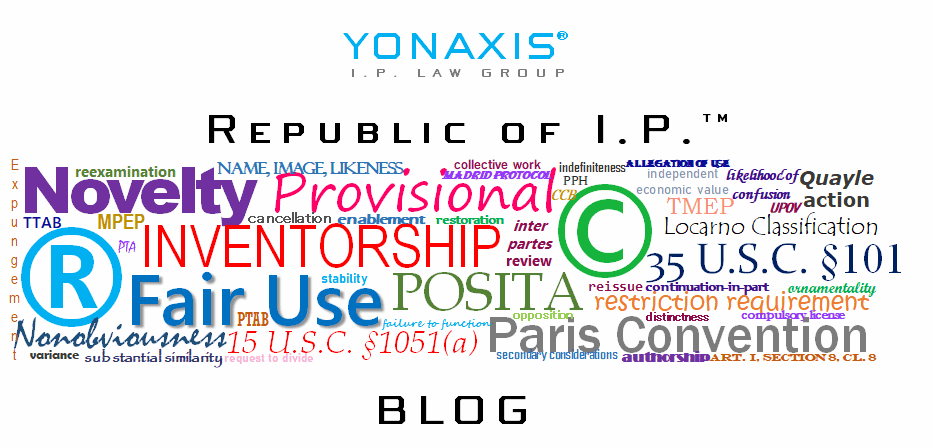The gaming industry sits at a fascinating intersection of creativity and intellectual property law, where developers, content creators, and players constantly navigate complex copyright and trademark landscapes. Understanding these legal frameworks is crucial for anyone involved in game development, streaming, or content creation. Copyright Fundamentals in Gaming Copyright protection extends to numerous elements within video …
Metadata and Web Scraping: I.P. Issues
In our increasingly digital world, data extraction and analysis have become fundamental to how businesses operate, researchers conduct studies, and AI systems learn. Two key concepts at the heart of this data revolution are metadata and web scraping technologies. While these tools offer tremendous value, they also raise significant questions about privacy and intellectual property …
Anatomy of a Trademark Scam
Trademark scams have become increasingly sophisticated, targeting business owners through email, postal mail, and text messages. These fraudulent schemes can cost you hundreds or thousands of dollars while providing no legitimate service. Learning to identify these scams is crucial for protecting your business and intellectual property. Common Types of Trademark Scams Trademark scammers typically pose …
Right of Publicity and College Athletics: the House v. NCAA Settlement
The intersection of intellectual property law and collegiate athletics has reached a historic turning point. The recent approval of the House v. NCAA settlement represents the most significant transformation in college sports since the NCAA’s founding, fundamentally altering how amateur athletes can monetize their name, image, and likeness (NIL). To understand the magnitude of this …
Understanding Section 101 Patent Subject-Matter Eligibility
Section 101 of the Patent Act, establishes the foundation for what constitutes patentable subject matter in the United States. The seemingly straightforward language – “Whoever invents or discovers any new and useful process, machine, manufacture, or composition of matter, or any new and useful improvement thereof, may obtain a patent therefor” – has generated decades …
Understanding Trademark Ownership
When businesses discover that competitors are using confusingly similar marks, the immediate instinct is often to file a trademark infringement lawsuit. However, before rushing to court, trademark owners must ensure they can satisfy a fundamental requirement: proving actual ownership of the trademark in question. Under the Lanham Act, the federal statute governing trademark law, establishing …
Understanding the Elements of a Copyright Infringement Claim
Copyright cases require plaintiffs to prove specific elements to establish a valid claim. Understanding these requirements is necessary for both copyright holders seeking to protect their work and defendants facing allegedly infringing allegations. This post examines the fundamental elements of copyright infringement, focusing on the analysis of the copying requirement. Because the Court of Appeals …
The Zone of Interest Test in Trademark Law
The zone of interest test is a component of the standing analysis in trademark litigation, serving as a gatekeeper to determine which parties may pursue claims under the federal Lanham Act. This doctrine, refined through U.S. Supreme Court and Federal Circuit decisions, continues to shape the landscape of intellectual property disputes. Lexmark In Lexmark International …
Understanding the Doctrine of Foreign Equivalents in Trademark Law
The doctrine of foreign equivalents represents one of the more nuanced areas of trademark law, sitting at the intersection of linguistic analysis, consumer perception, and legal precedent. This doctrine can make or break trademark applications containing foreign-language terms, making it essential for both practitioners and consumers alike to understand both its theoretical foundations and Federal …
Understanding the Originality Requirement in Copyright Law
Copyright law protects original works of authorship, but the definition of “originality” often creates layers of confusion among creators and authors (referred to as “authors”). At its core, the originality requirement establishes a threshold of creativity that must be met before a work qualifies for copyright protection. The Baseline for Originality Originality is the “bedrock …
